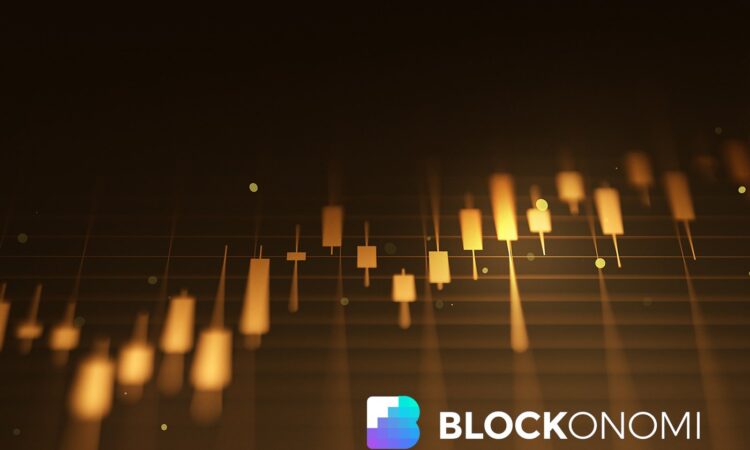
TLDR:
- Ray Dalio views gold as real money, not a commodity, contrasting it with fiat currency backed by debt.
- He believes gold’s scarcity and neutrality make it a safe diversifier during debt and currency crises.
- Dalio expects global investors to shift more portfolios toward gold as fiat currencies lose trust.
- He recommends a 10–15% gold allocation for stability, seeing it as a hedge when debt markets wobble.
Gold is back in focus. Legendary investor Ray Dalio says the world’s oldest asset isn’t just a metal. It’s money. And in today’s debt-heavy economy, he believes gold is the safest store of value.
His latest comments arrive as global debt rises and confidence in fiat currencies weakens. Dalio’s insights echo growing sentiment among central banks shifting reserves toward gold.
Gold as Real Money, Not Just a Metal
In a detailed post shared on X, Dalio said most people misunderstand gold’s true role in the global system.
According to him, gold isn’t just a commodity, it’s the most established form of money. He noted that fiat money is essentially government-issued debt and that, over time, its value erodes when more is printed.
Dalio explained that gold, unlike cash, cannot be printed or devalued. That quality makes it essential when credit systems break down or nations distrust each other’s currencies. He compared gold to cash, saying both preserve buying power but only gold avoids inflation risk.
He added that throughout history, societies have turned to gold when debt bubbles popped or wars disrupted trust. Dalio described it as the “most sound fundamental investment,” offering balance when traditional markets falter.
Diversification and Portfolio Balance
Dalio said he continues to keep a portion of his portfolio in gold, suggesting most investors should hold around 10–15%. He noted that diversification is critical, and gold’s negative correlation with stocks and bonds improves long-term portfolio performance.
He explained that gold works as a financial “insurance policy,” performing well when inflation spikes or when debt markets weaken. While he acknowledged that cash and debt instruments pay interest, he cautioned that their real returns often fall short once inflation and taxes are considered.
Dalio also warned about the current imbalance between the supply of gold and the growing demand from investors and central banks. He believes that as more portfolios rebalance toward gold, prices could move higher due to its scarcity.
Gold Versus Other Assets
Dalio made clear distinctions between gold and other assets like silver, platinum, and inflation-indexed bonds.
He said silver and platinum have industrial uses that make them volatile, while inflation-linked bonds still carry credit risk tied to government solvency. In contrast, gold, he argued, stands alone as a trusted, debt-free store of value.
He also compared gold’s reliability to stocks, especially AI-driven sectors that now dominate U.S. market gains. Dalio cautioned that if those companies fail to meet expectations, equity valuations could fall sharply. In such times, he expects gold to retain its strength as a portfolio stabilizer.
According to Dalio, gold has already begun replacing U.S. Treasuries as the risk-free asset of choice among central banks. He noted that debt-based assets depend on governments’ ability to repay, while gold holds intrinsic value. History, he said, shows that most fiat currencies eventually devalue or disappear, but gold endures.





